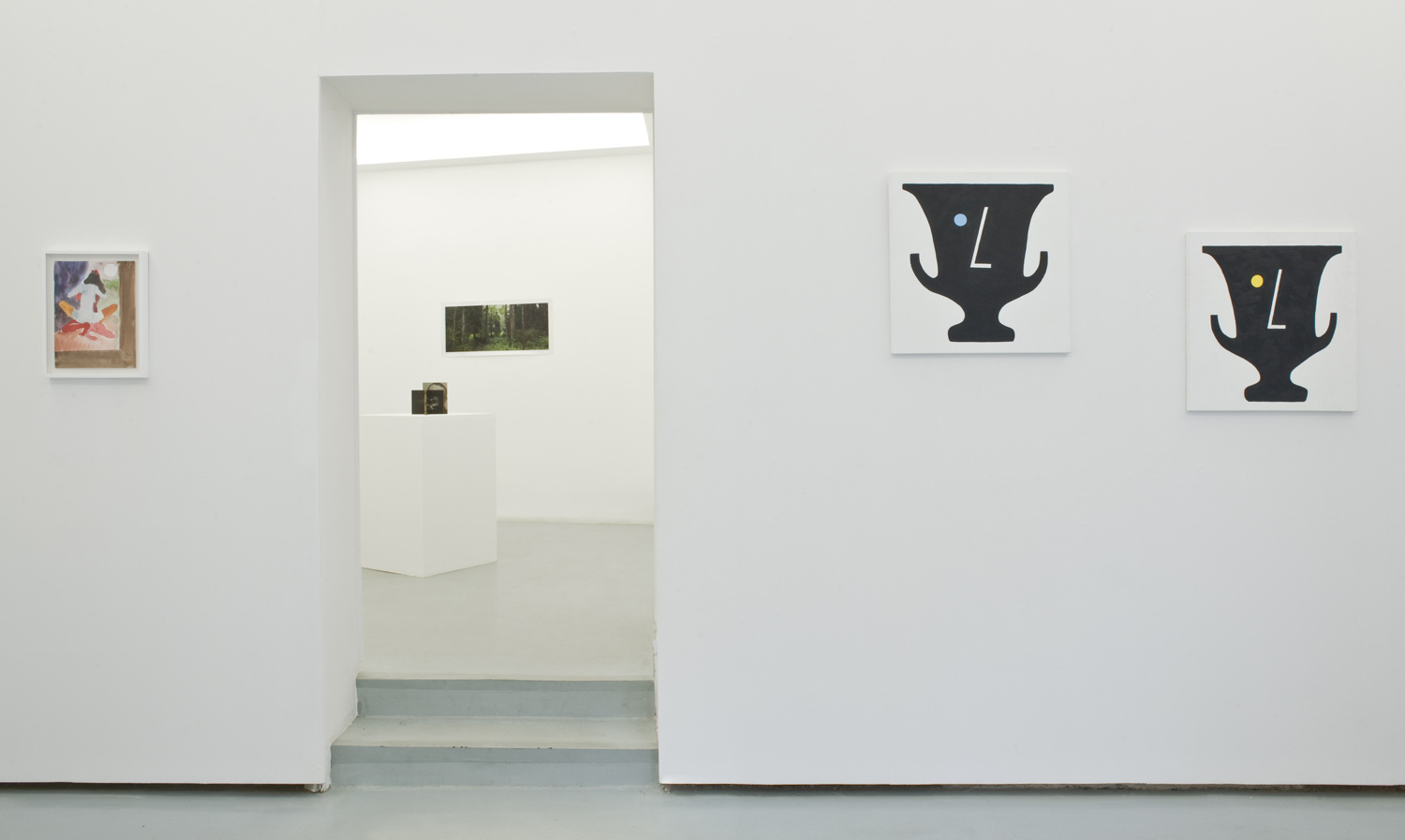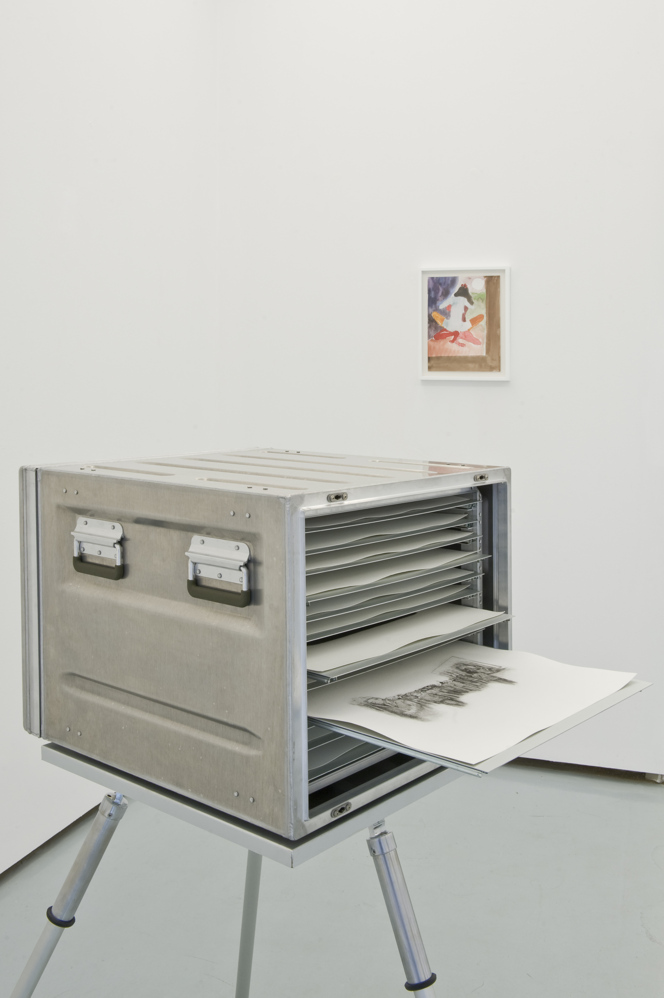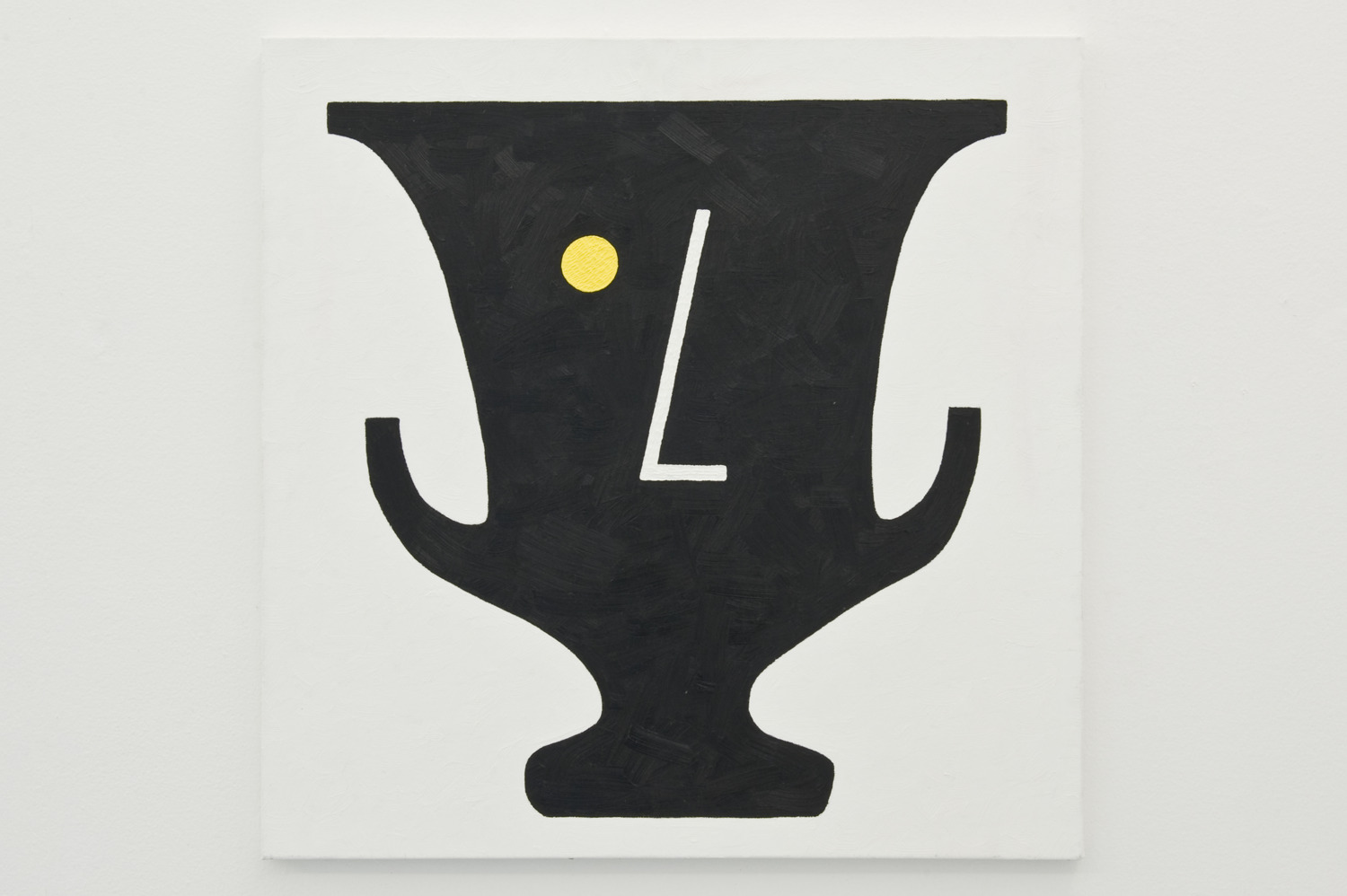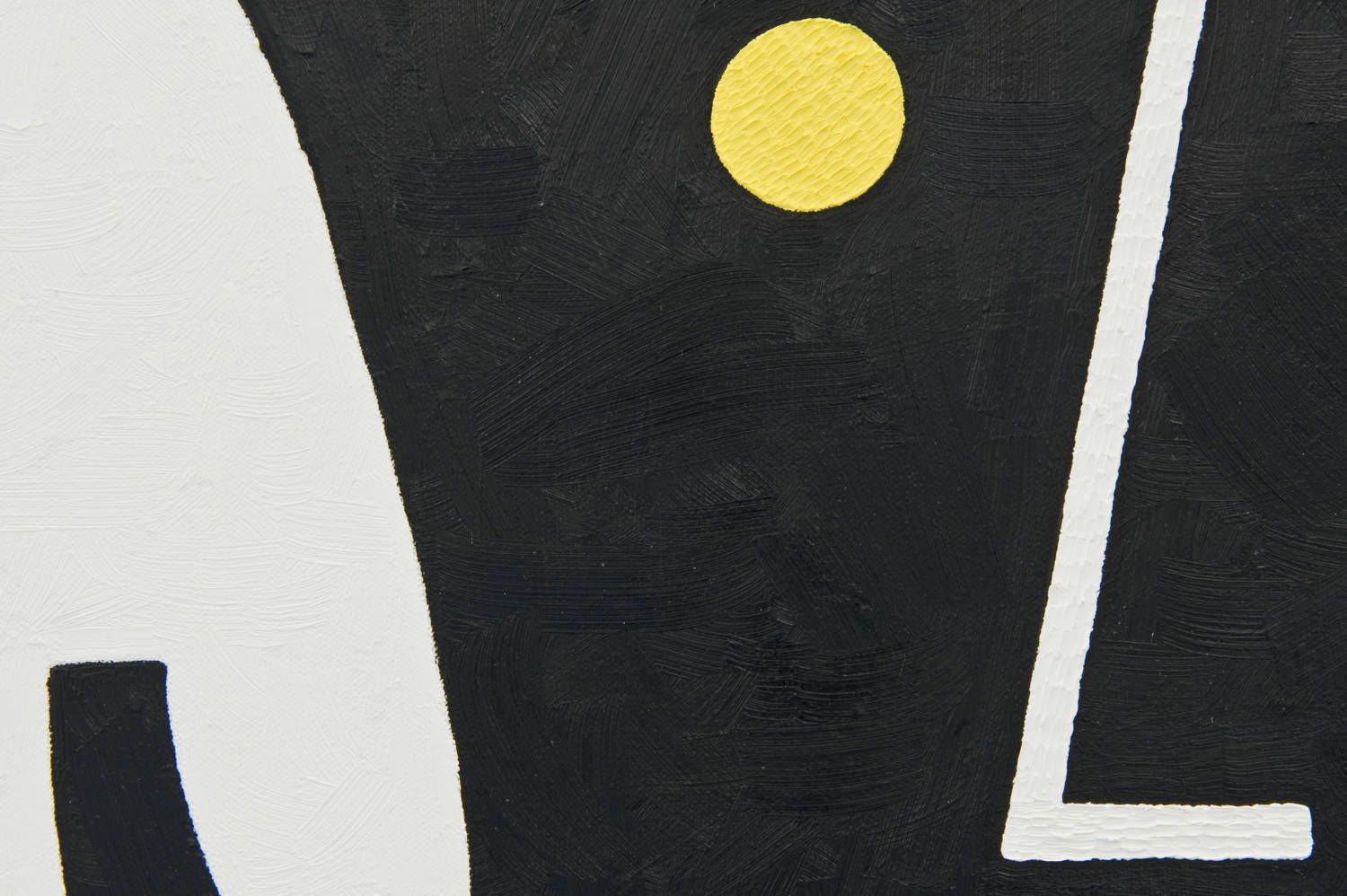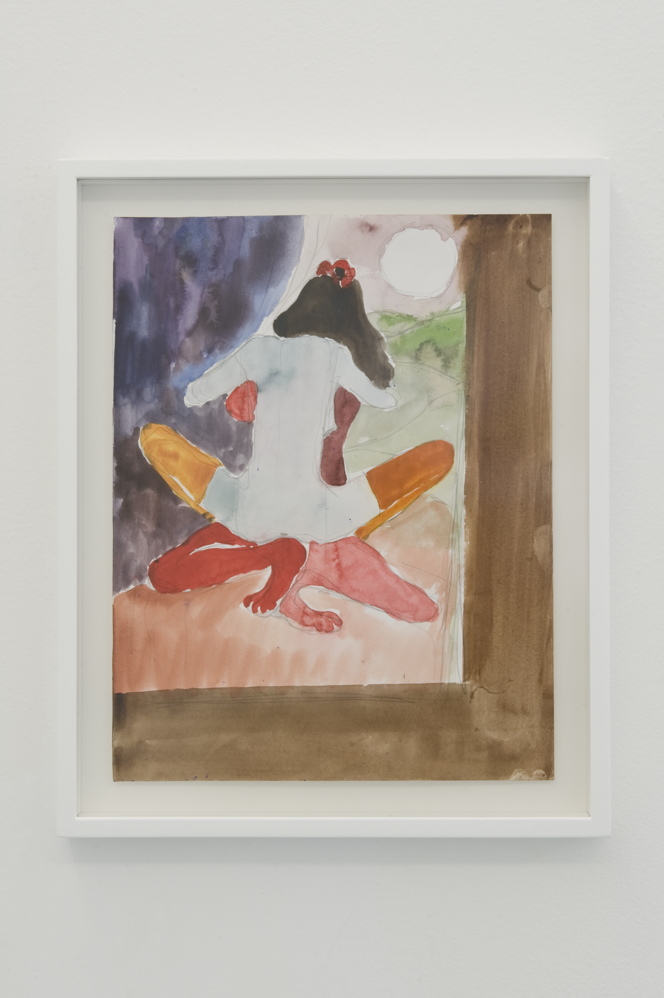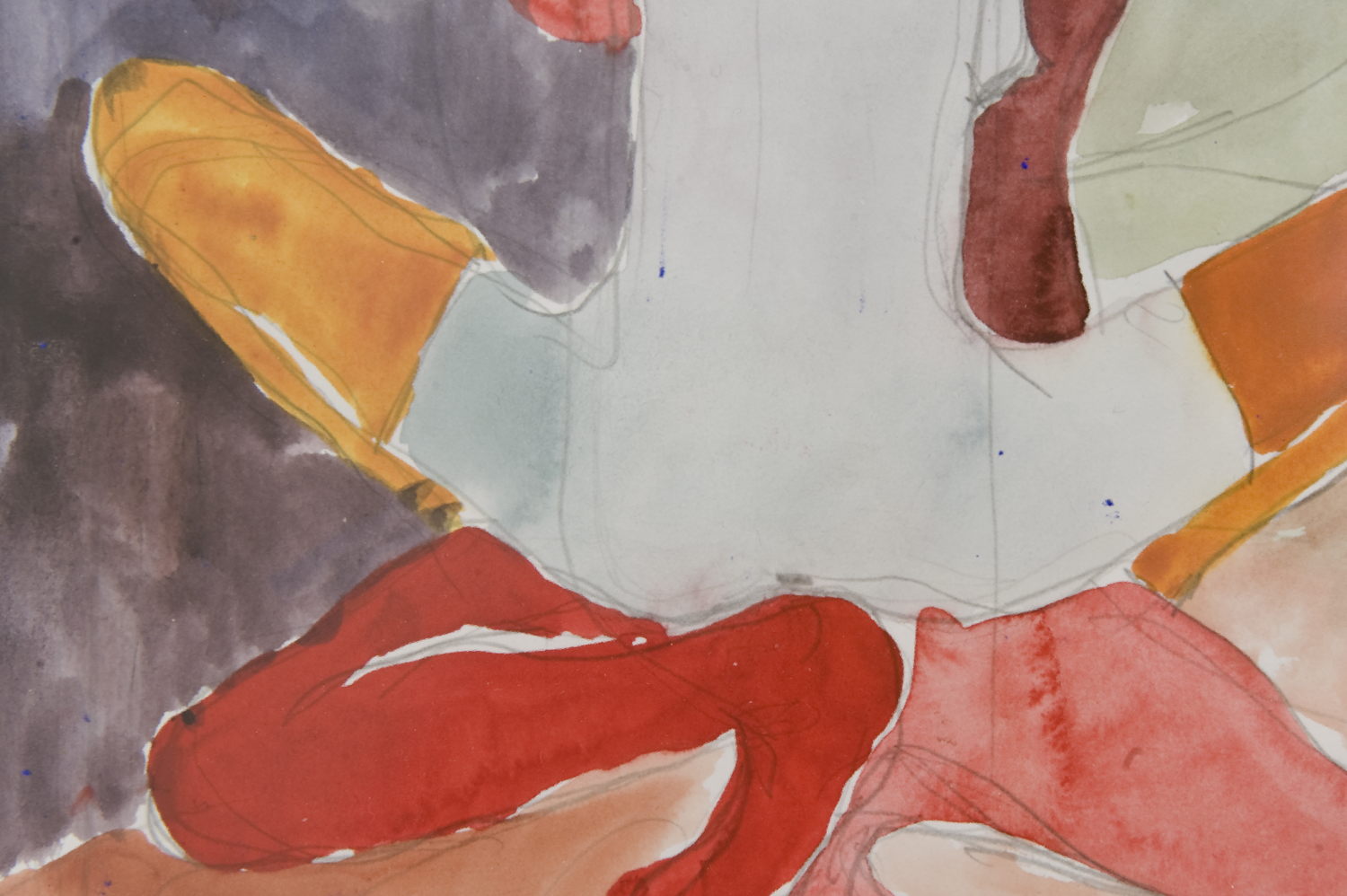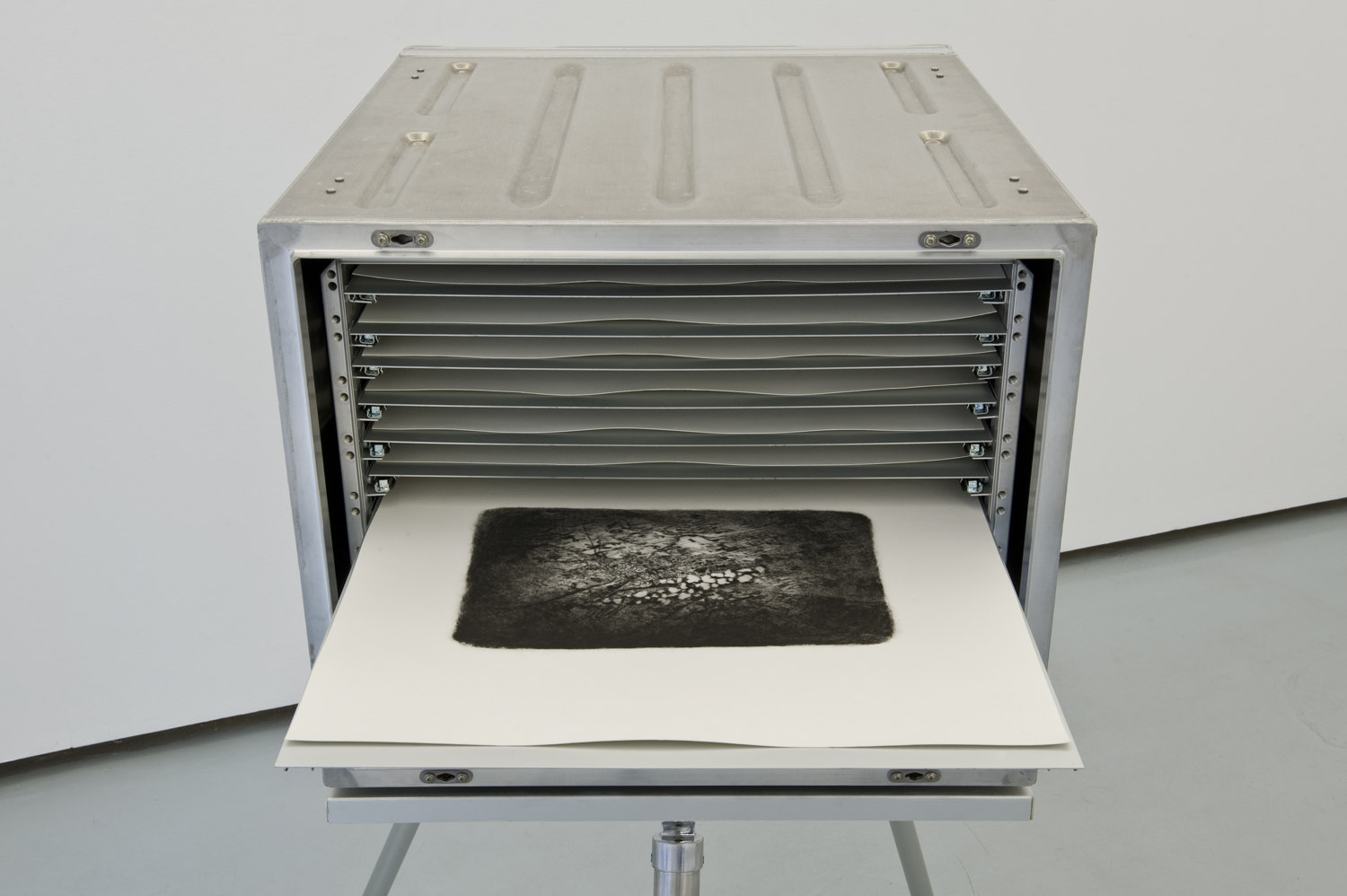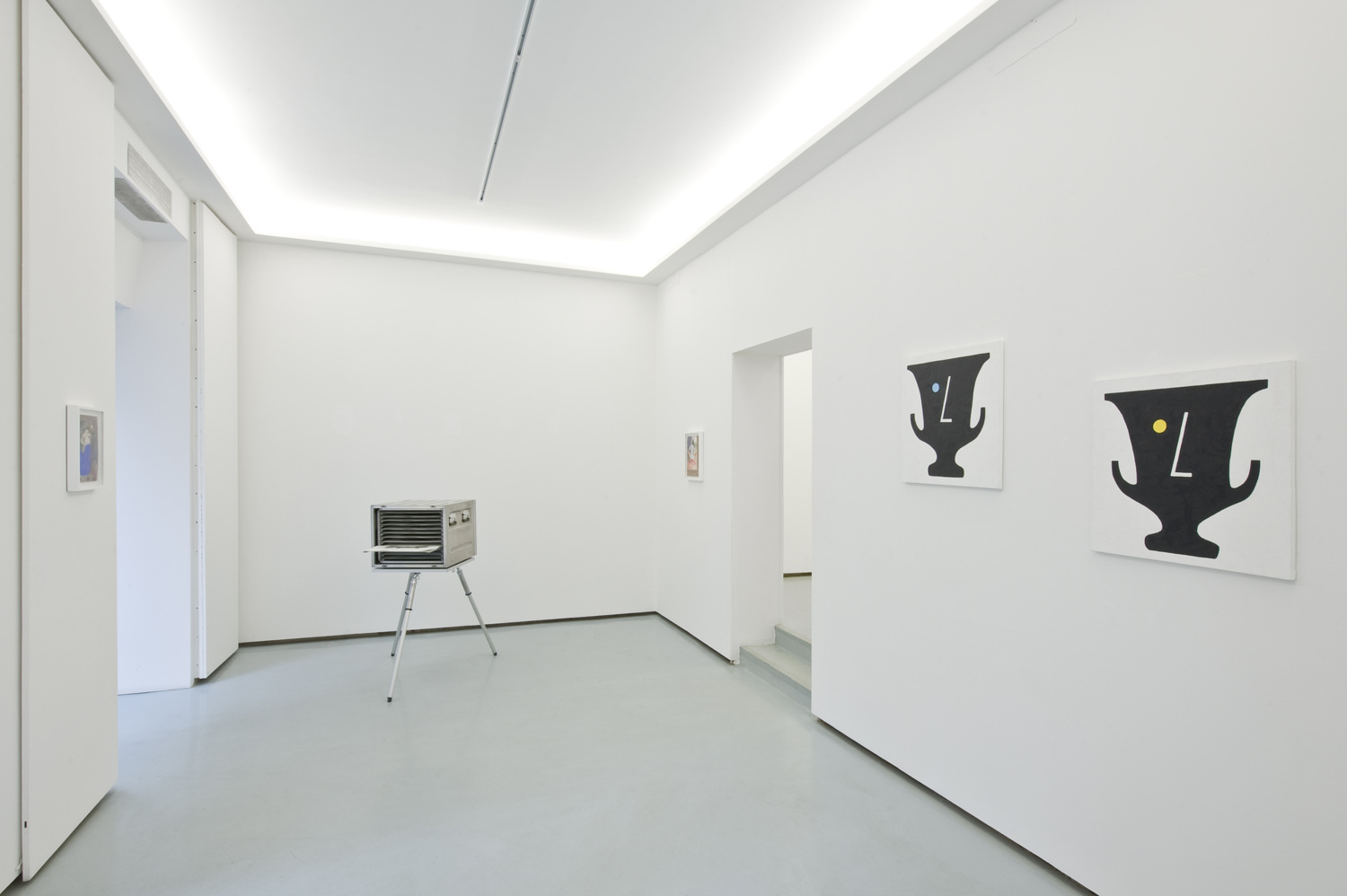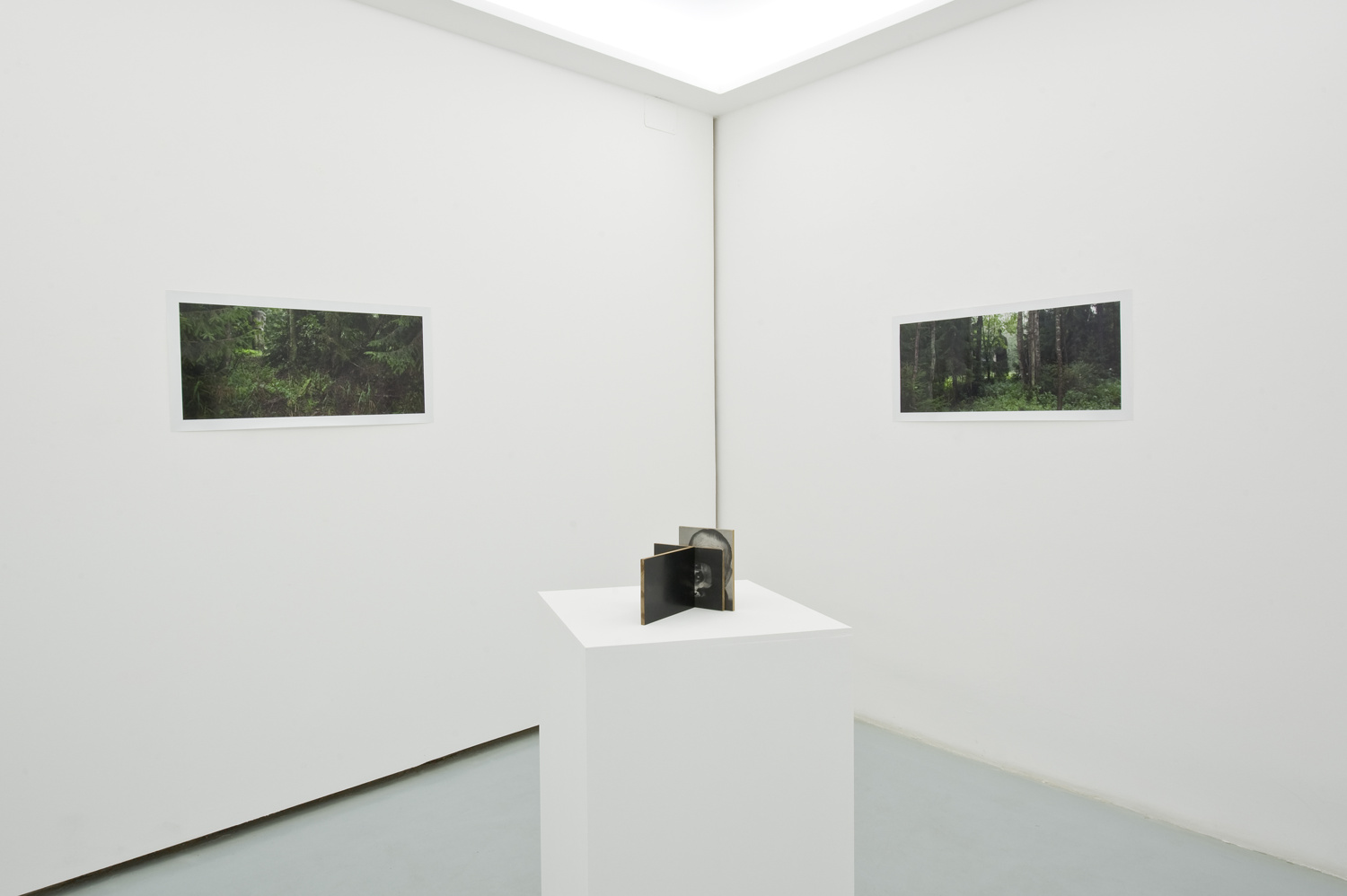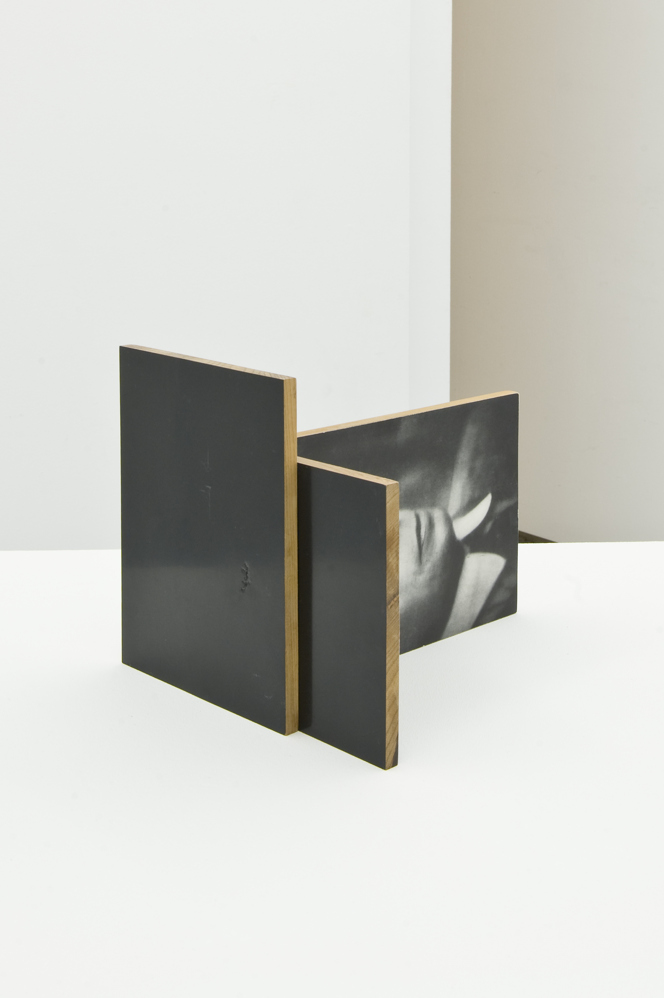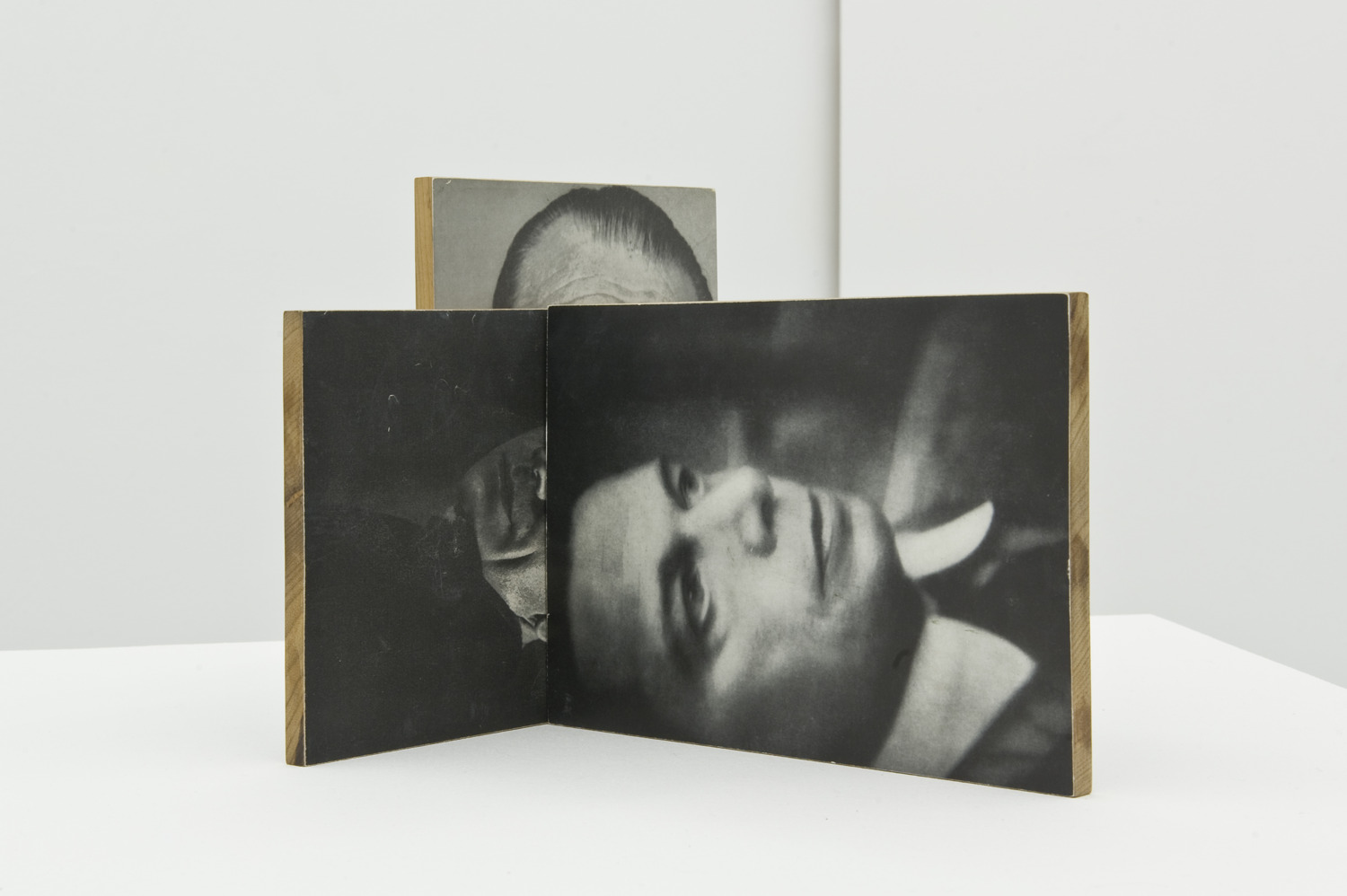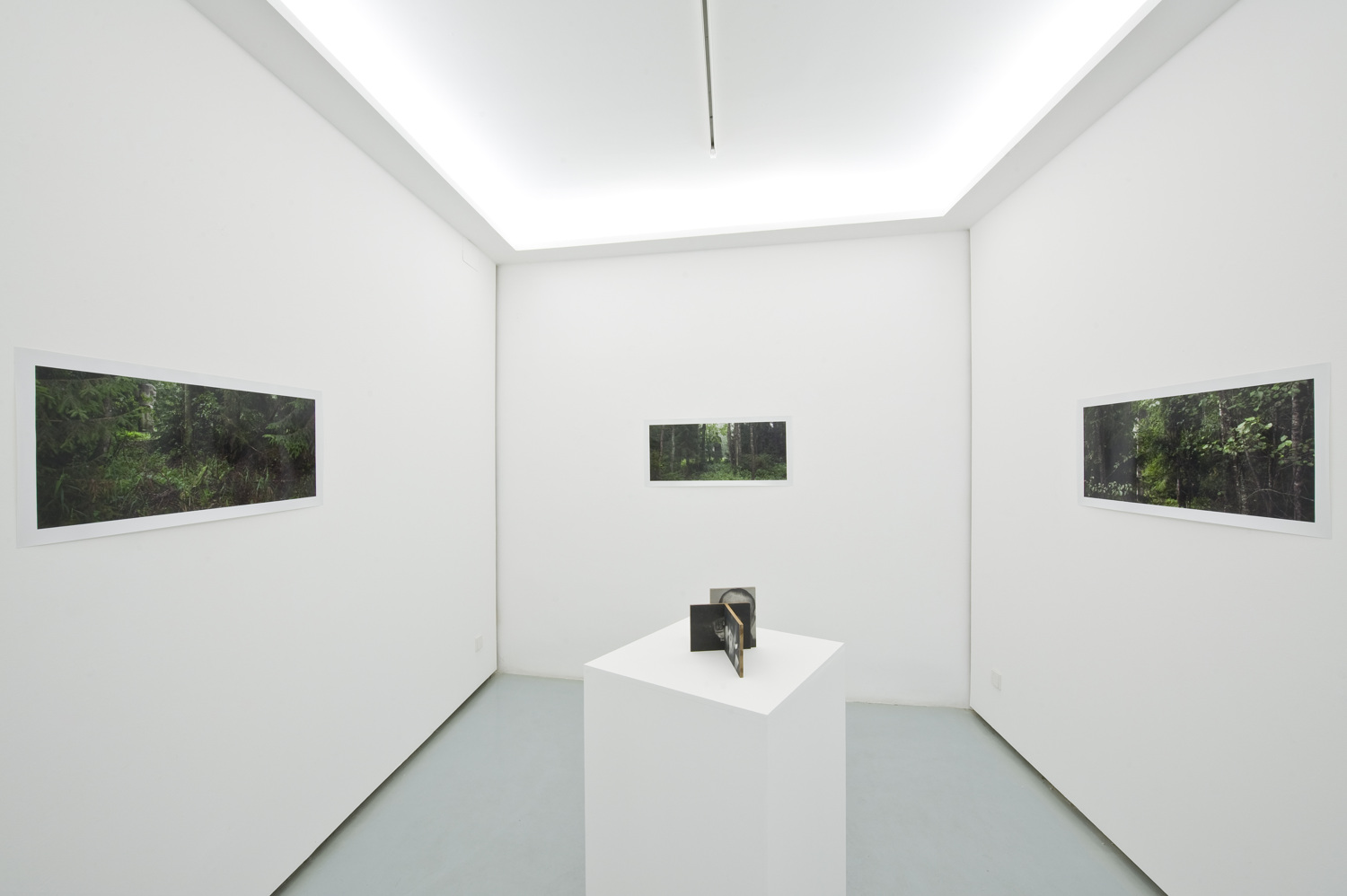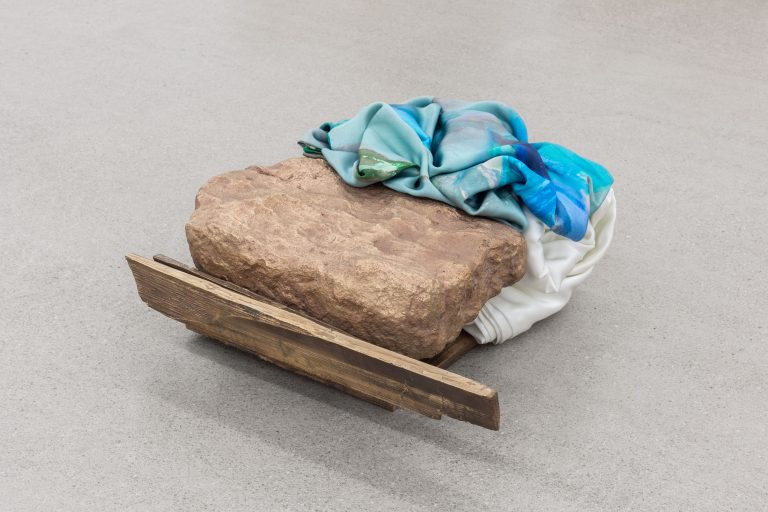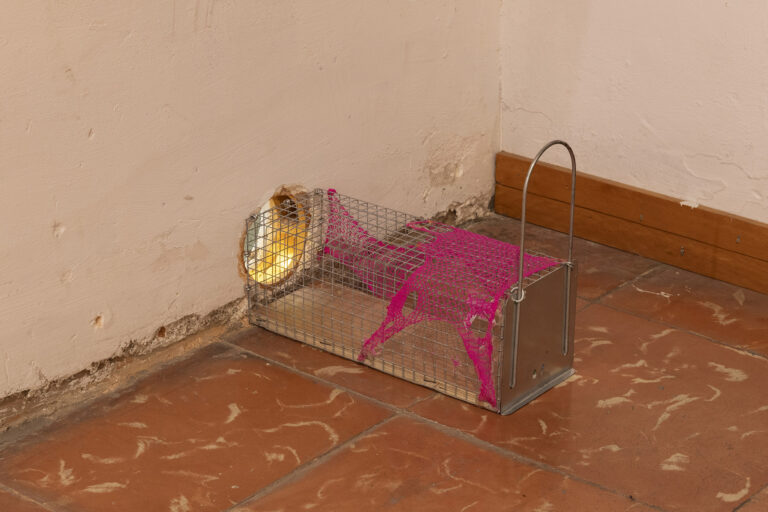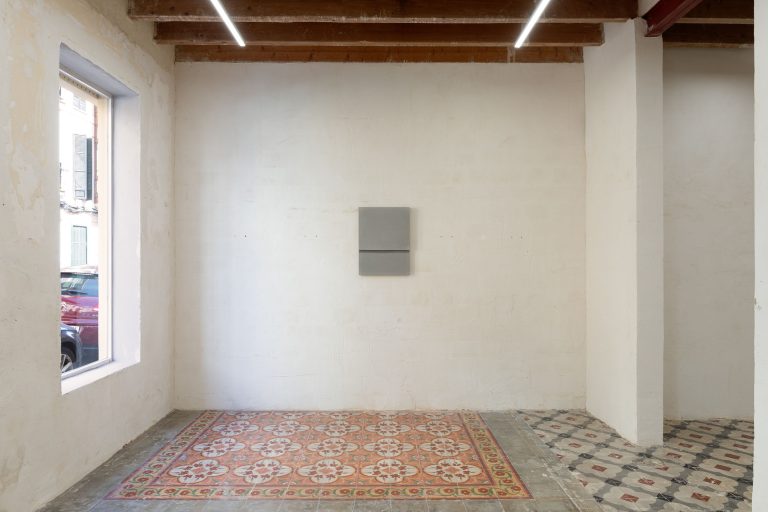
Artists: Javier Arce, Timothy Hull, Sanya Kantarovsky, Will Rogan, Ángel de la Rubia
Exhibition title: Present Perfect
Curated by: Andrea Hill
Venue: The Goma, Madrid, Spain
Date: November 6 – December 24, 2014
Photography: Roberto Ruiz Arguedas. Courtesy of The Goma
The present moment is the least distinct. Today, ever-shorter time periods are demarcating generational eras, making obsolescence a greater threat than ever and rediscovery a greater possibility than ever. When time compression is applied to art historical movements, we see artists forging malleable relationships with the past, reshuffling time’s linear structure with freedom. The most revered historical figures, once seemingly immovable from their pedestals, are repositioned and recalled within new contexts that they could not have imagined during their own time. And those who have been written out of history and de-accessioned from its canons are propped up once more.
In 1940, Hitler visited Spain’s dictator Francisco Franco seeking political alliance, but Spain was recovering from its own Civil War, which had ended only one year earlier. As a show of political sympathy while maintaining military neutrality, Franco moved Spain’s clocks ahead one hour ahead to align with Nazi Germany, collapsing the notion of territorial alliance with temporal alliance. The exhibition Present Perfect contemplates what it means to freeze time – as Franco did for Spain, what it means to live in an accelerated time – as we do today, and how the subjective experience of time shapes our comprehension of the present moment.
1937: German planes attack the defenseless village of Guernica in the Spanish Basque country during the Spanish Civil War. Pablo Picasso paints the monumental Guernica to commemorate the tragedy and exhibits the work at the Spanish Pavilion at the World’s Fair in Paris.
Karl Hofer’s works are included in the Munich exhibition Entartete Kunst denouncing his art as degenerate. His career never gains the level of recognition achieved by his German expressionist contemporaries in Die Brücke.
1940: Francisco Franco moves Spain’s time zone from Greenwich Mean Time to Central European Time.
1981: Picasso’s Guernica is brought to Spain after 43 years of traveling throughout Europe and Latin America and on extended loan to the Museum of Modern Art in New York. Picasso mandated that Guernica only travel to Spain once democratic liberty was restored. The painting’s visit to its home country was considered a moral endorsement of Spain’s young democracy, and occurred 6 years after Franco’s death and 8 years after the artist’s death.
1991: During the dismantling of the Iron Curtain, the new Republic of Lithuania removes the monuments and public sculptures that were once part of the Soviet propaganda apparatus.
1999 – 2004: The Anne Bremer Memorial Library at the San Francisco Art Institute de-accessions titles from their collection of art and art history books.
2001: Viliumas Malinauskas, a wealthy Lithuanian citizen, requests the Lithuanian government to release the remaining Communist era statues to his care. He establishes Grütas Park, a private museum to exhibit and preserve this part of Lithuania’s Soviet history.
2013: The Subcommittee to study the Rationalization of Hours, the Reconciliation of Personal, Family Life and Professional Life and Responsibility of the Congress of Deputies submitted a report to Spain’s government proposing a return to Greenwich Mean Time. According to the subcommittee, the time zone change would allow more time for family, personal life, leisure, and improve labor productivity.

